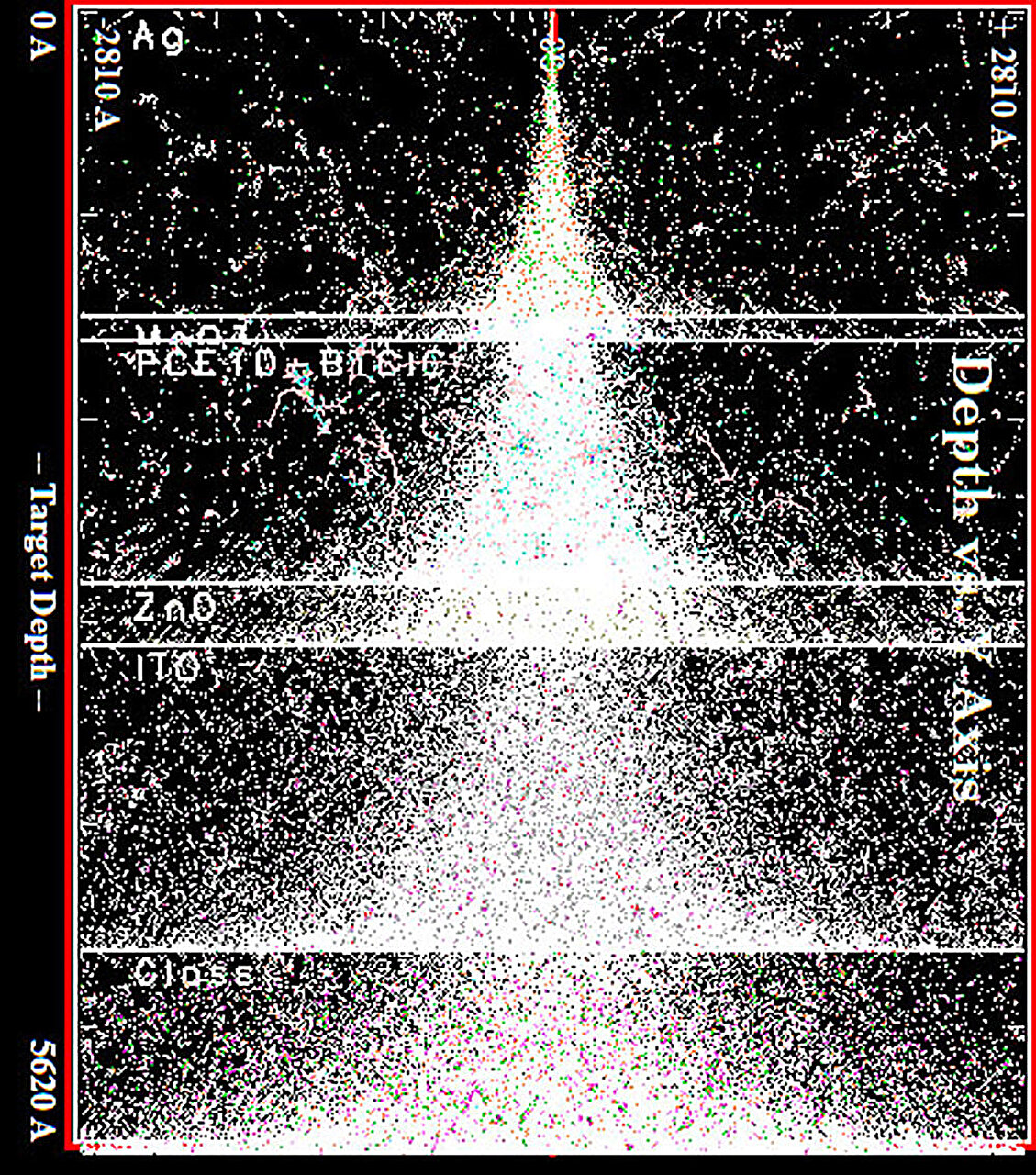Researchers from the University of Michigan have uncovered promising potential for carbon-based solar cells, also known as organic photovoltaics, in outer space. A recent study suggests that these lightweight and flexible alternatives to conventional silicon and gallium arsenide solar cells may better withstand radiation in space, presenting an exciting opportunity to enhance the efficiency and reliability of power generation for space missions.
Traditional solar cells, like those made of silicon and gallium arsenide, face significant challenges in space. Proton irradiation, a type of radiation emitted by the sun, can degrade their performance over time. To address this problem, the research team, led by Yongxi Li, sought to investigate whether organic solar cells could perform better under such harsh conditions. This effort marked a step forward from previous research that primarily assessed how radiation exposure impacted the efficiency of organic cells. The team delved deeper to understand the molecular changes that occur under proton bombardment.
“Silicon semiconductors aren’t stable in space because of proton irradiation coming from the sun,” Li explained. “We tested organic photovoltaics with protons because they are considered the most damaging particles in space for electronic materials.” At the time of the research, Li served as an associate research scientist in electrical and computer engineering at the University of Michigan.
While gallium arsenide remains a favored choice for space missions due to its high efficiency and resistance to proton damage, it comes with trade-offs. It is heavy, inflexible, and costly—drawbacks that organic solar cells aim to address. These newer cells are both lightweight and flexible, offering potential advantages for space exploration, where minimizing weight and maximizing durability are crucial.
The study examined two types of organic solar cells: those made from small molecules and those composed of more complex polymer structures. The results were compelling. Organic solar cells based on small molecules showed remarkable resilience, enduring three years’ worth of simulated radiation exposure without degradation. On the other hand, polymer-based organic solar cells experienced a 50% reduction in efficiency, a setback that provided critical insights into improving these technologies.
Researchers discovered that protons interact with the molecular structures of polymers, cleaving side chains and creating “electron traps” within the material. Stephen Forrest, the lead author and Peter A. Franken Distinguished University Professor of Engineering at U-M, elaborated on the issue. “These traps grab onto electrons freed by light hitting the cell, preventing them from flowing to the electrodes that harvest the electricity,” he explained. As a result, fewer electrons are collected, decreasing the device’s efficiency.

Fortunately, the study also identified a potential remedy. Heating the solar cells in a process known as thermal annealing can repair the molecular damage caused by radiation. Specifically, heating the solar cells to about 100°C (212°F) in laboratory conditions was found to heal the cleaved side chains and eliminate the electron traps. “You can heal this by thermal annealing,” Forrest added, “But we might find ways to fill the traps with other atoms, eliminating this problem.”
This discovery opens intriguing possibilities for self-healing organic solar cells in space. On spacecraft, the sun-facing surfaces of solar panels often reach temperatures sufficient for annealing, which could potentially allow these cells to repair themselves naturally. However, several questions remain unanswered. Will the same repair mechanism hold in the vacuum of space? Is the healing process robust enough for extended space missions? Addressing these uncertainties is a key next step for researchers.
Forrest’s team is also considering alternative approaches, such as redesigning the material to prevent the formation of electron traps altogether. By modifying the chemical structure, future organic solar cells might achieve enhanced durability without requiring in-mission repair. These advancements could pave the way for more reliable energy solutions for deep-space exploration.
The devices tested in the study were fabricated at the Lurie Nanofabrication Facility, exposed to a controlled proton beam at the Michigan Ion Beam Laboratory, and analyzed at the Michigan Center for Materials Characterization. The research team relied on interdisciplinary expertise and cutting-edge facilities to conduct the experiments, demonstrating the collaborative nature of advancements in space technology.
The findings highlight the potential for organic solar cells to revolutionize power generation in space. Their lightweight and flexible nature offers advantages over traditional materials like silicon and gallium arsenide, while their ability to withstand radiation damage, and possibly self-heal, makes them a strong candidate for future missions.
Yongxi Li, now an associate professor at Nanjing University in China, is continuing to explore both thermal annealing methods and material redesign as ways to mitigate radiation-induced performance losses in organic photovoltaics. This work represents a promising step toward realizing more efficient, durable, and versatile solar power technologies for use in the final frontier. If successful, such innovations could reshape how energy is harnessed and utilized for long-duration missions, laying the groundwork for humanity’s further exploration of outer space.
Reference: Yongxi Li et al, Radiation hardness of organic photovoltaics, Joule (2025). DOI: 10.1016/j.joule.2024.12.001
Think this is important? Spread the knowledge! Share now.
